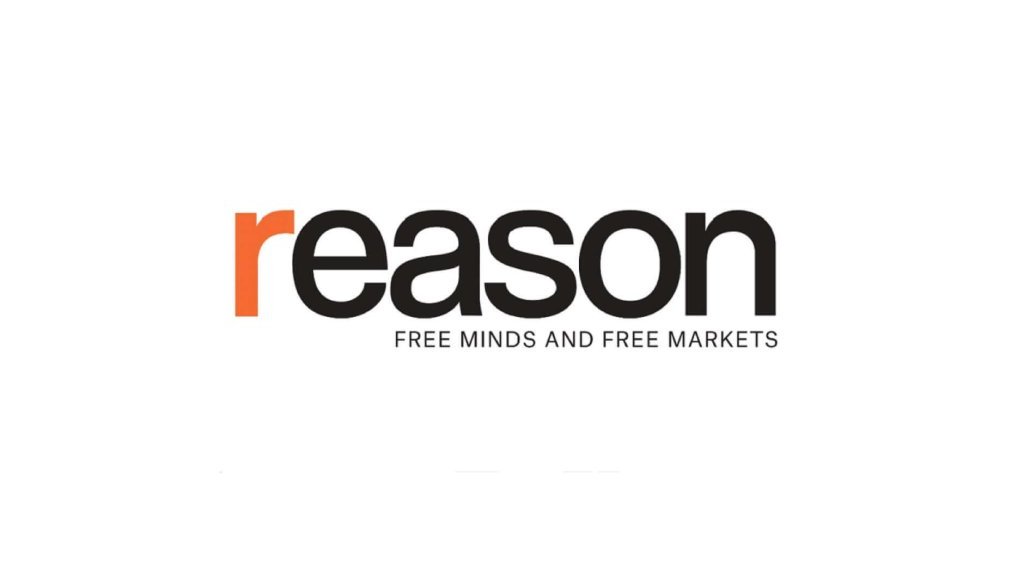Why Building a Lot of ‘Affordable’ Housing Is Bad News for Affordability
Happy Tuesday and Happy New Year! With the cost of housing ever-present in the public consciousness, state legislatures reconvening, and elections out of the way, we can expect 2025 to be action-packed with lots of wonky housing policy fights. Rent Free will be here to cover them all.
As policymakers go about considering reforms aimed at making their cities more affordable, it’s important to understand what success will look like. Even more importantly, it’s important to understand what success does not look like.
To that end, this week’s newsletter takes on the mistaken idea that building a high share of below-market “affordable” housing is a sign that a city is becoming more affordable.
If a Lot of New Housing in Your City Is ‘Affordable,’ Something Is Off
On New Year’s Eve, the Boston city government issued a press release touting the good work of its newly reorganized Planning Department at approving new development. The city reports that 3,575 net residential units were approved in 2024, of which a little over a third were “income-restricted.”
That top-line number is not necessarily anything to brag about. Despite having some of the highest home prices and rents in the country, Boston is permitting fewer homes than less-expensive peer cities with equivalent populations.
Similarly sized cities like Washington, D.C., are building more housing than Boston. Atlanta is building way more housing than Boston.
Even more concerning than Boston not permitting a lot of new homes is how many of the homes it is permitting are “income-restricted.”
Those are units (often also just called “affordable,” “below-market,” or “deed-restricted” units) that are reserved for lower-income residents and where rents are capped at steeply discounted below-market rates. Despite the city’s celebratory touting of that figure, such a high share of new housing being income-restricted housing is very bad news.
That data point suggests that not only is Boston not building a lot of housing, but that it’s vastly under-building what the market demands. It says most of the projects getting approved in Boston are either dependent on public subsidies or command such high rents that they can bear the cost of the city’s punishing affordable housing mandates.
Understanding exactly why cities don’t become affordable by raising the “affordable” share of the tiny amount of housing that they do build is crucial for getting housing policy right in the new year.
Filtering Up, Filtering Down
In a free market without subsidies and price controls, there wouldn’t be such a thing as “income-restricted” units. All housing would be rented or sold at market rates for a profit (save for whatever housing is provided by charitable nonprofits and religious groups).
New housing would be pricey under such a system. But without zoning or other artificial caps on production, housing would still generally be affordable thanks to filtering.
Filtering is the process by which high-income people move into pricey, newly built units, lowering demand (and prices) for the older units they leave behind. Those units are then snapped up by lower-income people, who themselves leave behind an older, less-expensive unit to be taken by even lower-income people.
Studies that follow the filtering process down the income ladder find that the addition of new market-rate units kicks off a chain of moves that ends up leaving more units available in the most affordable neighborhoods.
Boston, of course, does not have a free market in housing. The city’s zoning laws artificially restrict how much new housing can be built in the city. One measure of regulatory burden finds Boston has the strictest land use rules in the country.
A consequence of such strict regulations is that the natural market filtering process is thrown in reverse.
Absent new housing coming online at high enough rates to meet growing demand, high-income people stay put in their old units for want of better options. Units become more expensive over time, not less. Lower-income people economize by moving into older, worse housing instead of newer, better housing. People at the bottom rung of the income ladder either move out of town or move onto the street.
(If you want a more thorough explanation, see this piece I wrote about the housing economics of Taylor Swift concerts.)
Just One More Regulation
When filtering has broken down in a city, the obvious move for policymakers is to get rid of the zoning rules, permitting requirements, impact fees, taxes, mandates, and more that stymie new housing production.
Instead, cities like Boston have decided to fix the ill consequences of overregulation with more regulation.
Operating under the assumption that sky-high housing prices are just a force of nature (and not the product of overregulation), Boston created an “inclusionary zoning” policy back in the late 1990s.
That policy requires developers seeking waivers from zoning regulations to include below-market “income-restricted” units in their projects if they are building more than 10 units at a time.
Since Boston’s zoning regulations are so restrictive, a high percentage of developers need to ask for zoning waivers to make their projects possible. A high percentage of newly constructed units in the city are “income-restricted” as a result.
Add in the affordable
Article from Reason.com

The Reason Magazine website is a go-to destination for libertarians seeking cogent analysis, investigative reporting, and thought-provoking commentary. Championing the principles of individual freedom, limited government, and free markets, the site offers a diverse range of articles, videos, and podcasts that challenge conventional wisdom and advocate for libertarian solutions. Whether you’re interested in politics, culture, or technology, Reason provides a unique lens that prioritizes liberty and rational discourse. It’s an essential resource for those who value critical thinking and nuanced debate in the pursuit of a freer society.




